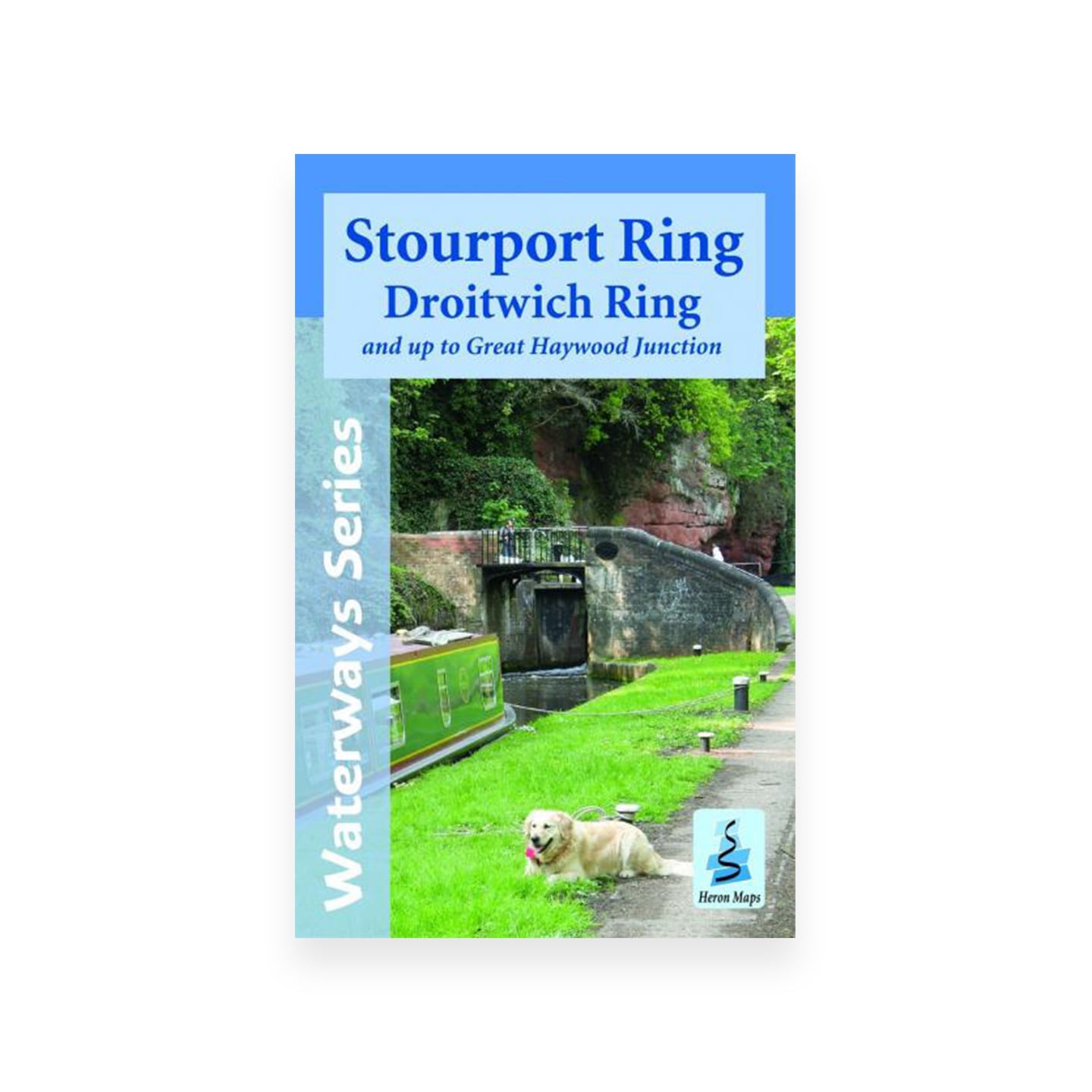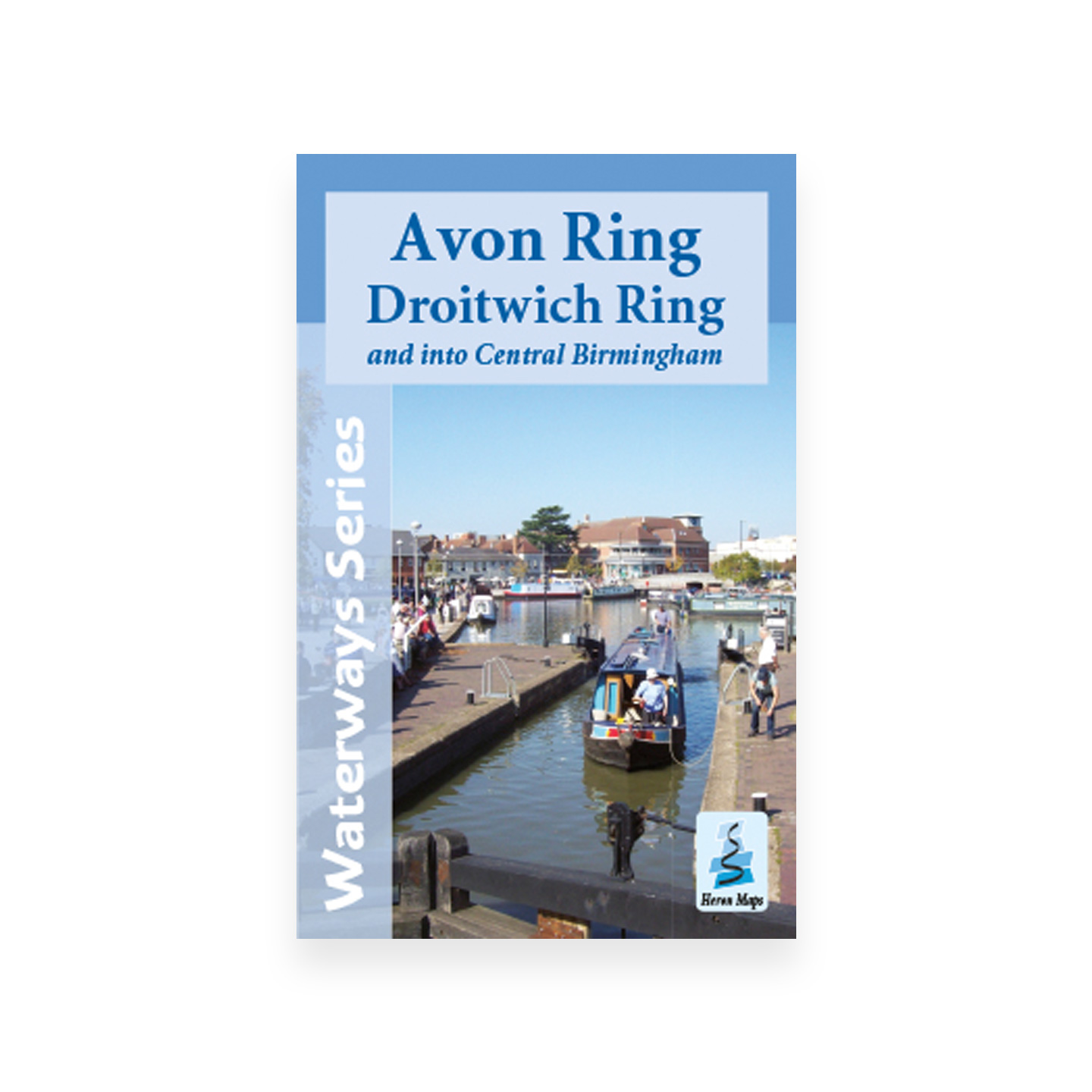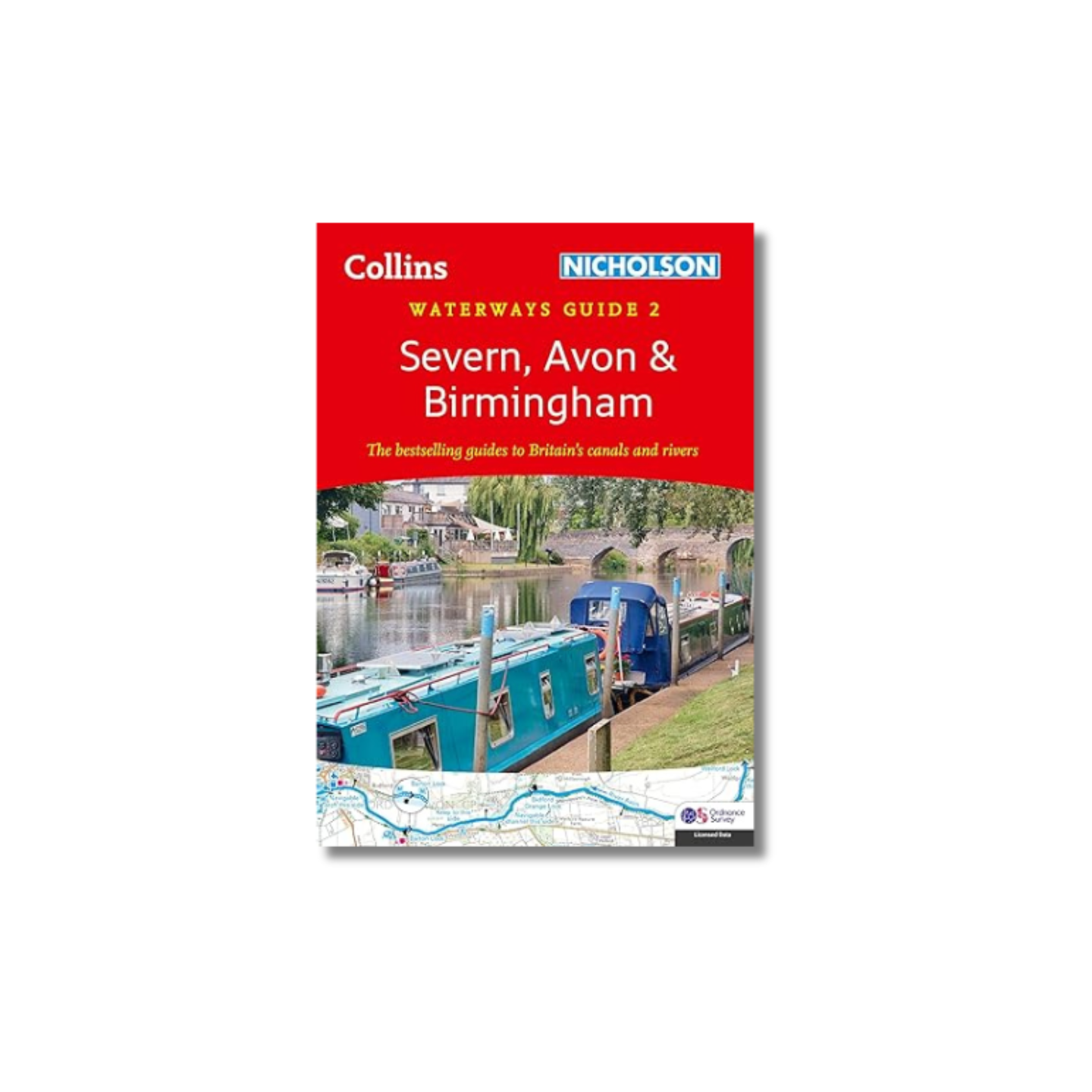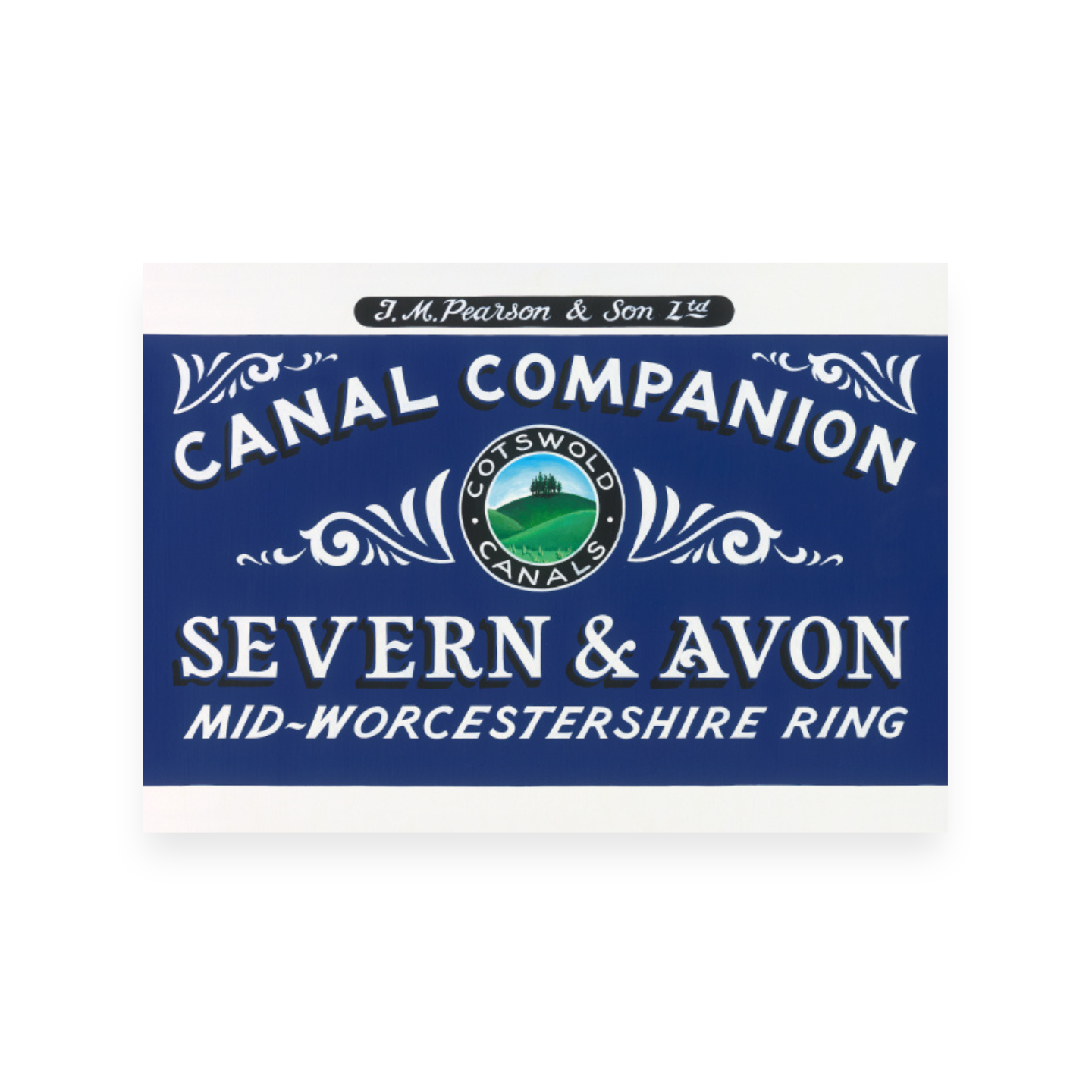From the River Severn to Hanbury
1758 :
- Salt Union Directors asked James Brindley to survey feasibility of a Canal from Droitwich to the River Severn.
1768
- Brindley obtained the necessary Act of Parliament and work started at Lock One Hawford. The Severn was tidal at that time with a rise and fall of five feet creating serious construction problems with hand pumps working night and day.
1771
- On March 10th the canal opened to great celebrations in Droitwich and drinks for all the workers.
1854
- Railway competition was met by building The Droitwich Junction Canal to join the Worcester Birmingham Canal at Hanbury. This meant one of our oldest Canals and the newest design exist at Droitwich.
1916,
- The last salt barge, a Severn Trow named Volunteer worked down from Mildenham Mill with two hayricks for the Army in France via Cardiff Docks.
1928
- The last narrow boat worked down the Junction Canal with 30 tons of bricks from Hanbury Brickworks stolen from Hanbury to Droitwich by the Canal Manager where the police arrested him.
1939
- An Act of Parliament abandoned the canals to become derelict and filled with sewage from Droitwich and the villages. There were continuous press complaints about the mess and flies down the Salwarpe valley.





